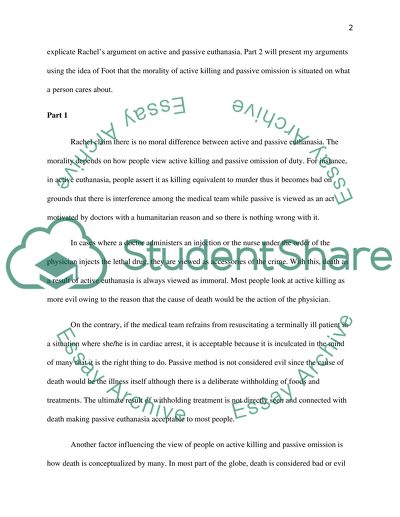Cite this document
(“Applying theoretical ethics to applied ethics Essay”, n.d.)
Retrieved de https://studentshare.org/philosophy/1392813-applying-theoretical-ethics-to-applied-ethics
Retrieved de https://studentshare.org/philosophy/1392813-applying-theoretical-ethics-to-applied-ethics
(Applying Theoretical Ethics to Applied Ethics Essay)
https://studentshare.org/philosophy/1392813-applying-theoretical-ethics-to-applied-ethics.
https://studentshare.org/philosophy/1392813-applying-theoretical-ethics-to-applied-ethics.
“Applying Theoretical Ethics to Applied Ethics Essay”, n.d. https://studentshare.org/philosophy/1392813-applying-theoretical-ethics-to-applied-ethics.


